Birmingham, AL — Kelly Ingram Park in downtown Birmingham is a tranquil place where one can relax and enjoy some time outdoors, but sixty years ago events in this park shocked and angered people around the world. In 1963 Birmingham was called, “The most segregated city in America.” Most African Americans were not allowed to vote, try on clothing at department stores, sit at lunch counters or apply for decent paying jobs.
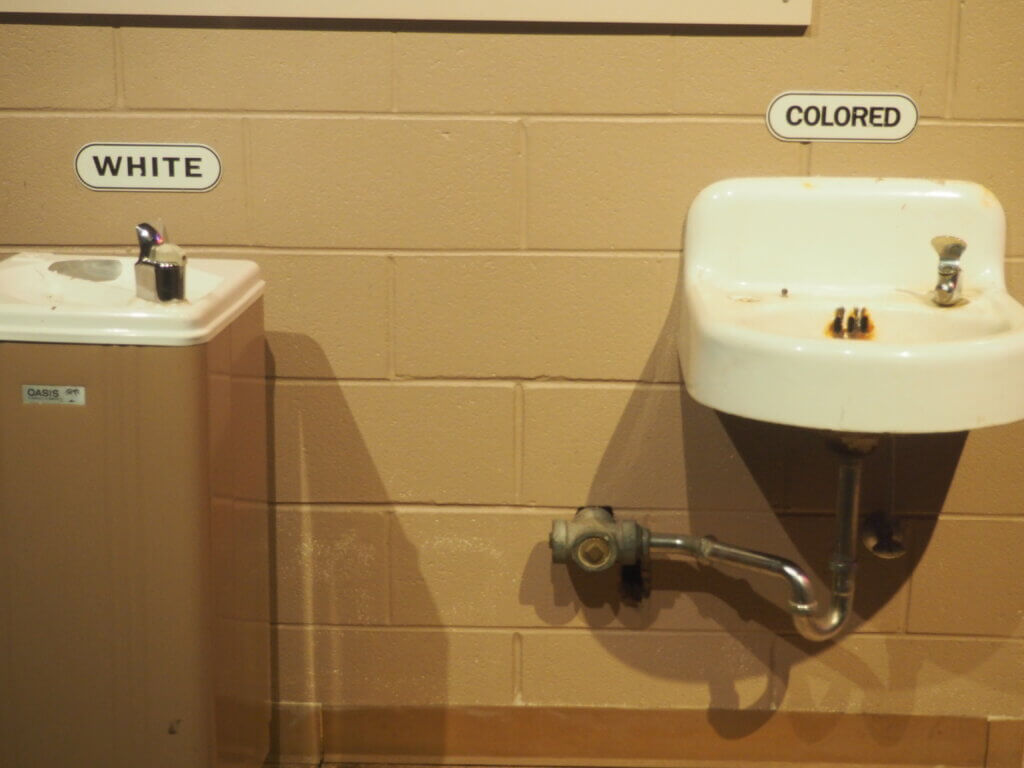
“We had to take on segregation. The best place to do it was the worst place–Birmingham.” Fred Shuttlesworth, pastor Bethel Baptist Church and local civil rights leader.
At Shuttlesworth’s urging Dr. Martin Luther King, Ralph Abernathy, Andrew Young and other civil rights leaders arrived in early 1963 to try and desegregate the city. Together they came up with a campaign known at “Project C” for confrontation, which consisted of non violent marches, lunch counter sit ins and mass meetings that challenged local segregation laws. On April 10 a state judge granted an injunction banning all anti segregation protests in Birmingham, despite the injunction, the protests continued. On April 12th King and 46 others were arrested and jailed. That same day a group of eight white clergymen published a letter in the Birmingham News critical of King’s tactics and demanded that he let local people handle local problems. In a searing rebuttal, King penned, “A Letter from a Birmingham Jail,” which is considered to one of the most famous documents in civil rights history.
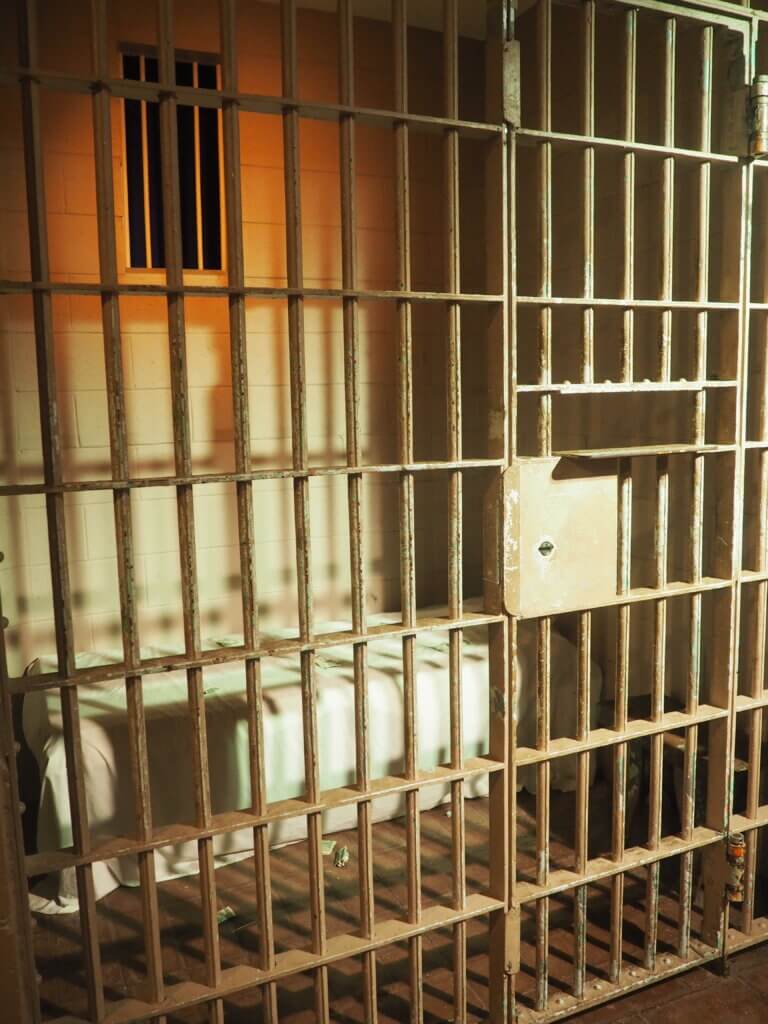
King was released on bond on April 19th. By that time the efforts to desegregate Birmingham were diminishing. Fewer people were attending marches and sit ins. It became harder to recruit volunteers and adults were afraid to participate for fear of being fired from their jobs. Reverend James Bevel of the Southern Christian Leadership Conference and Diane Nash a founding member of the Student Non Violent Coordinating Committee came up with a controversial plan to recruit students to the movement. Their strategy was to recruit the most popular students, cheerleaders, football players, prom queens to help inspire other students to join the movement. The strategy worked. Students were trained in non violent tactics at the 16th Street Baptist Church.
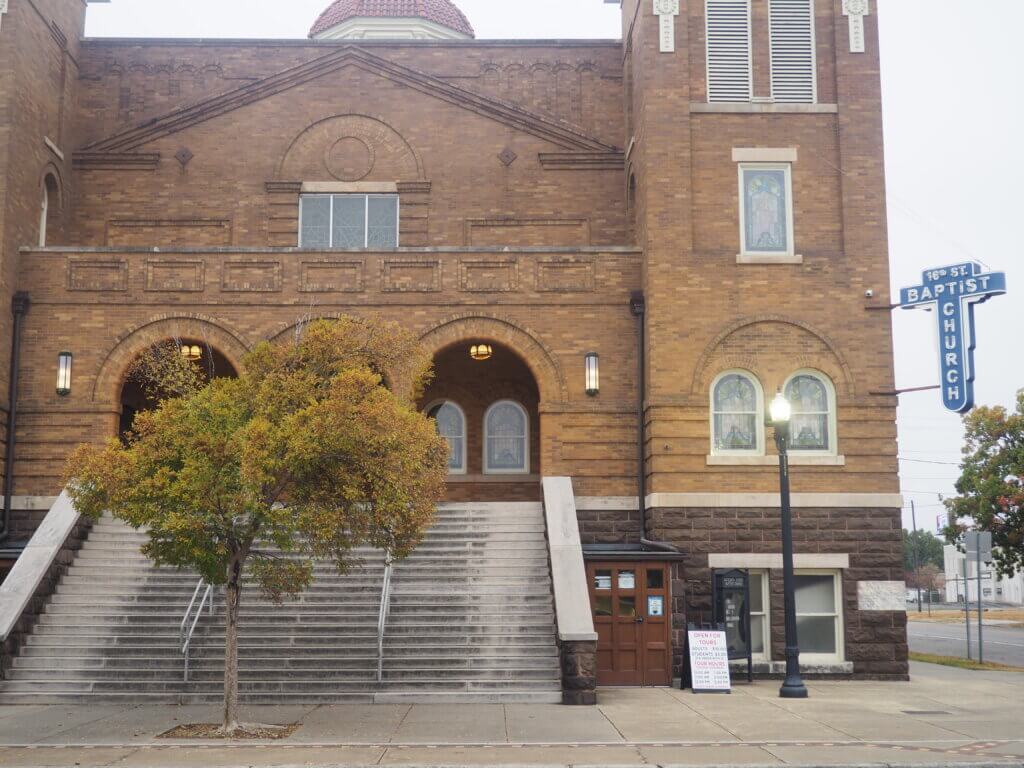
On May 2, 1963 the Children’s Crusade began. Despite objections from parents, teachers and principals, a thousand students left school that day. They gathered at the 16th Street Baptist Church and after an inspiring speech by Bevel formed groups of 10-50 to peacefully march downtown to retail stores and government buildings. Despite the peaceful approach, Eugene “Bull” Connor, Birmingham’s Commissioner of Public Safety arrested more than 600 children some as young as six years old. Connor was a staunch segregationist and a former member and sympathizer of the Ku Klux Klan. Despite the arrests hundreds of more students arrived for the second day of protests. Connor ordered his police and firefighters to attack the children with high pressure firehoses and release the police dogs on them. The water pressure from the hoses was so strong it could tear the skin off a person. These dramatic images were seen around the world and brought worldwide condemnation to the city of Birmingham.
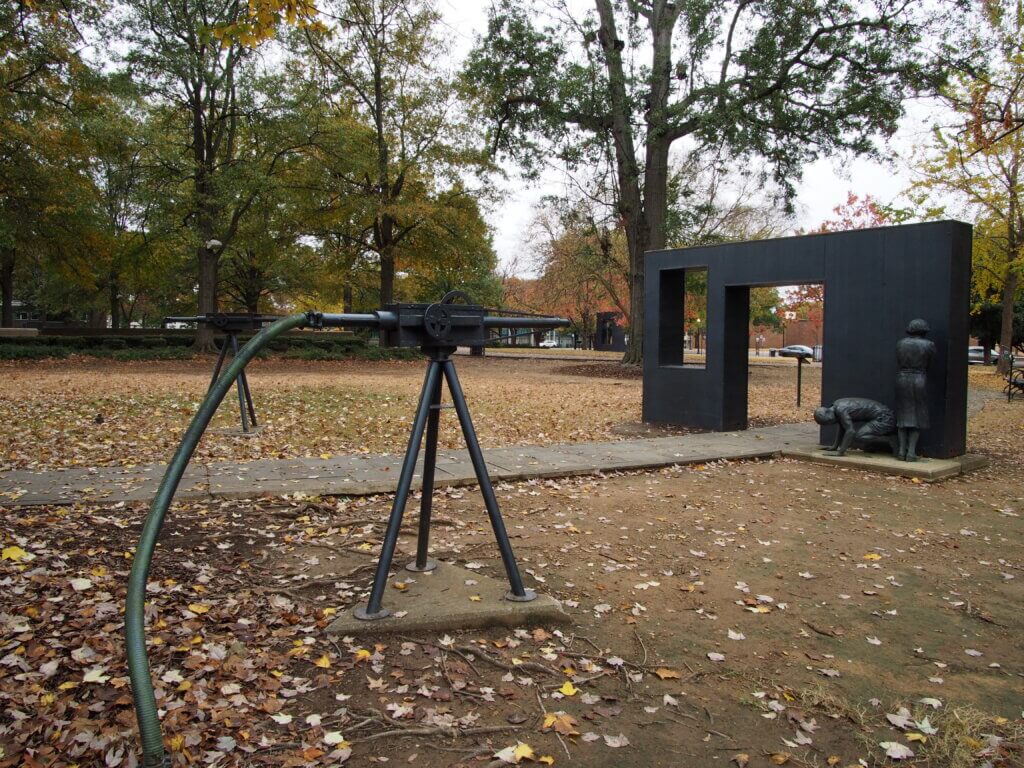
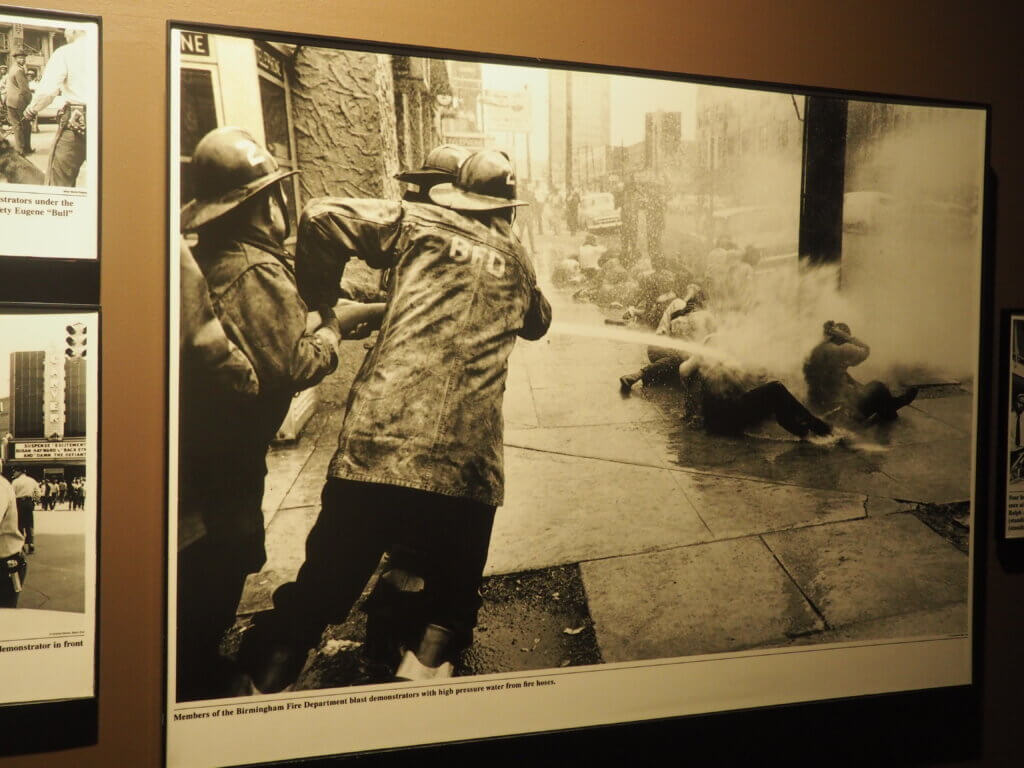
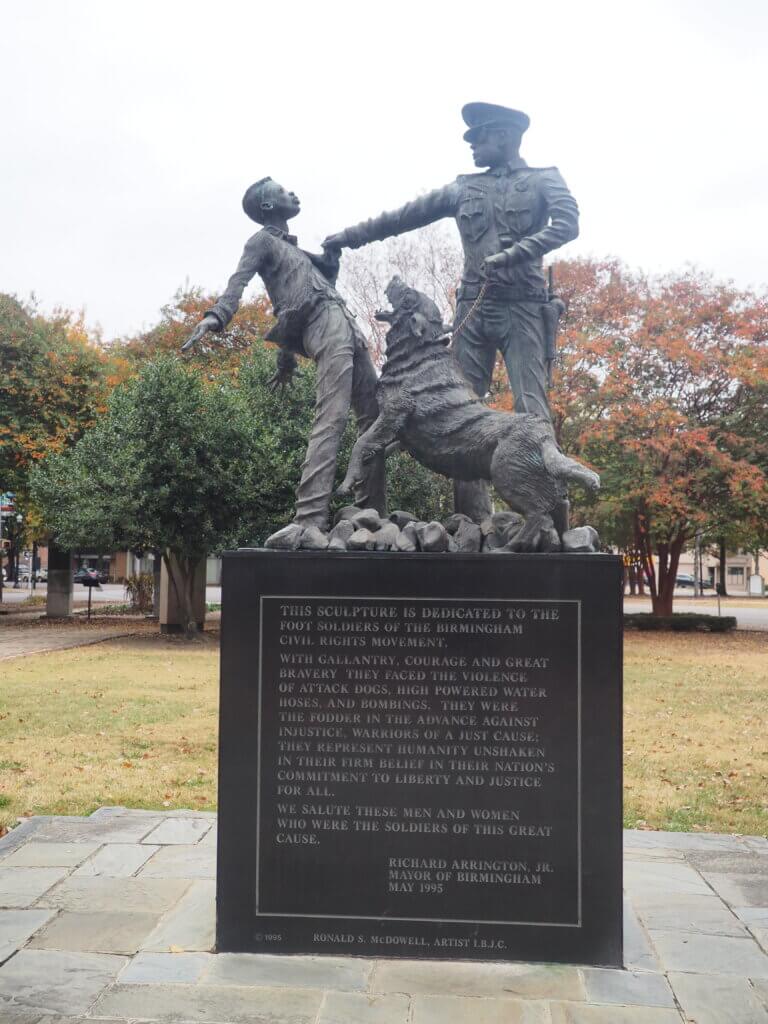
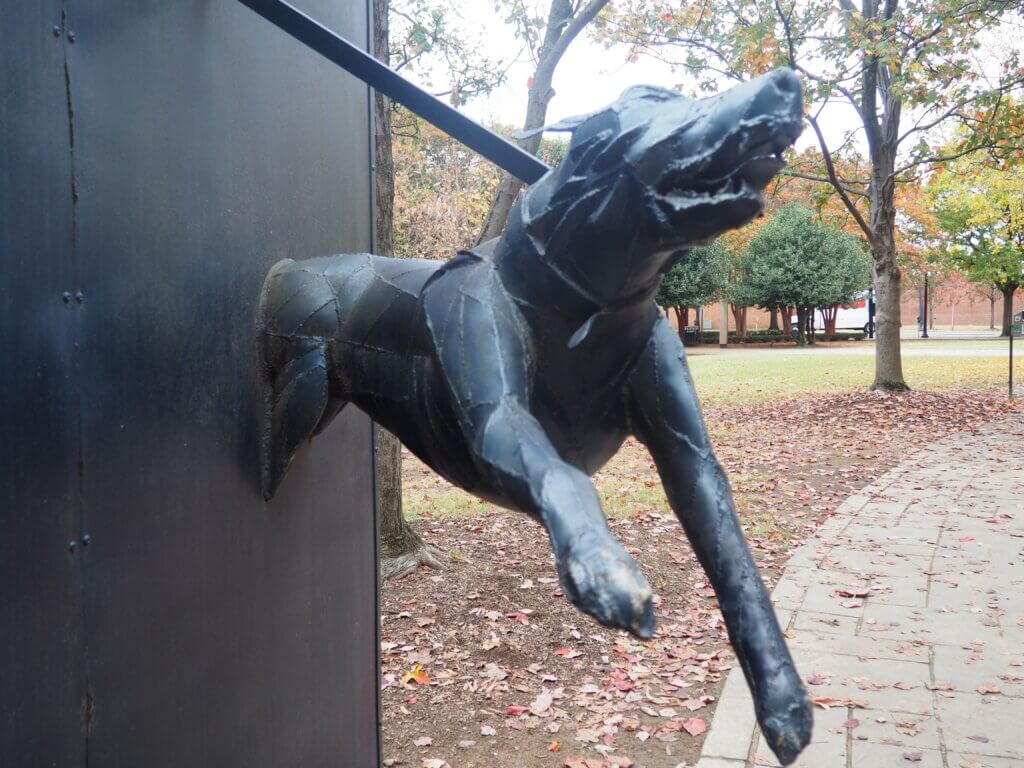
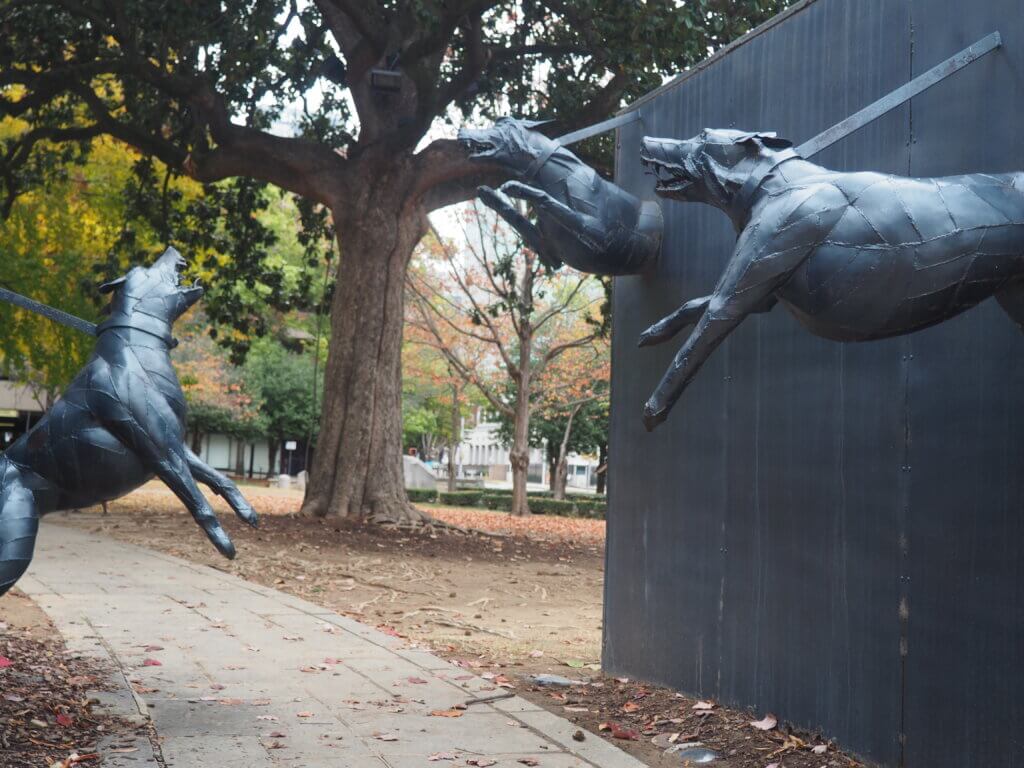
After 10 days white business owners and civil rights leaders came to an agreement to desegregate in exchange for ending the protests. White only and Black only signs were removed at stores, drinking fountains and restrooms. The city and businesses promised to hire more Black people and demonstrators were released from jail. However change did not come easy. Then on September 15, 1963 at 10:22 am, the KKK retaliated by bombing the 16th Street Baptist Church.
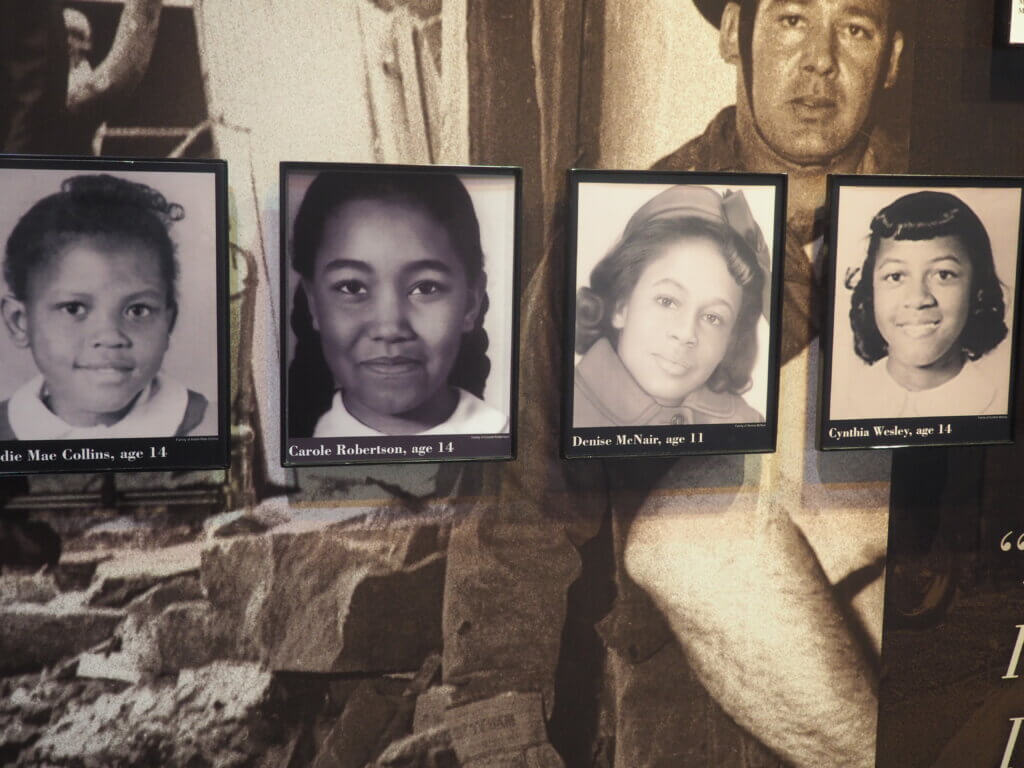
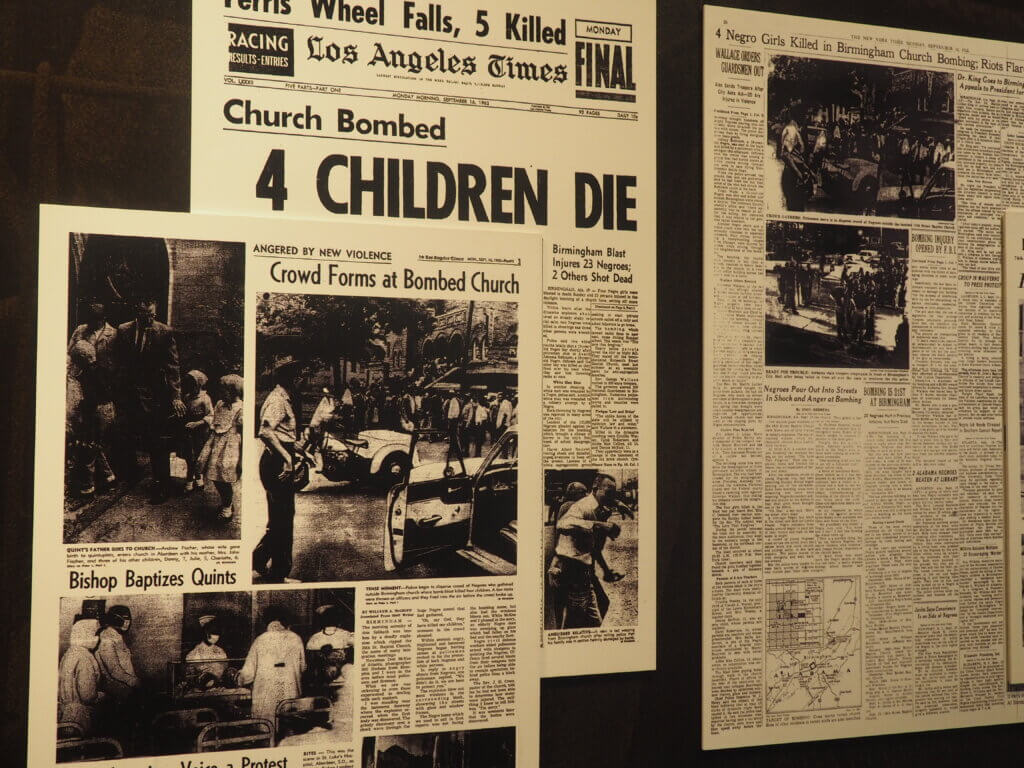
The explosion killed Addie Mae Collins 14, Carole Robertson 14, Denise McNair 11 and Cynthia Wesley 14 who were attending Sunday school. Another 22 members of the congregation were injured by the blast, including Addie Mae’s sister Sarah who survived, but lost an eye.
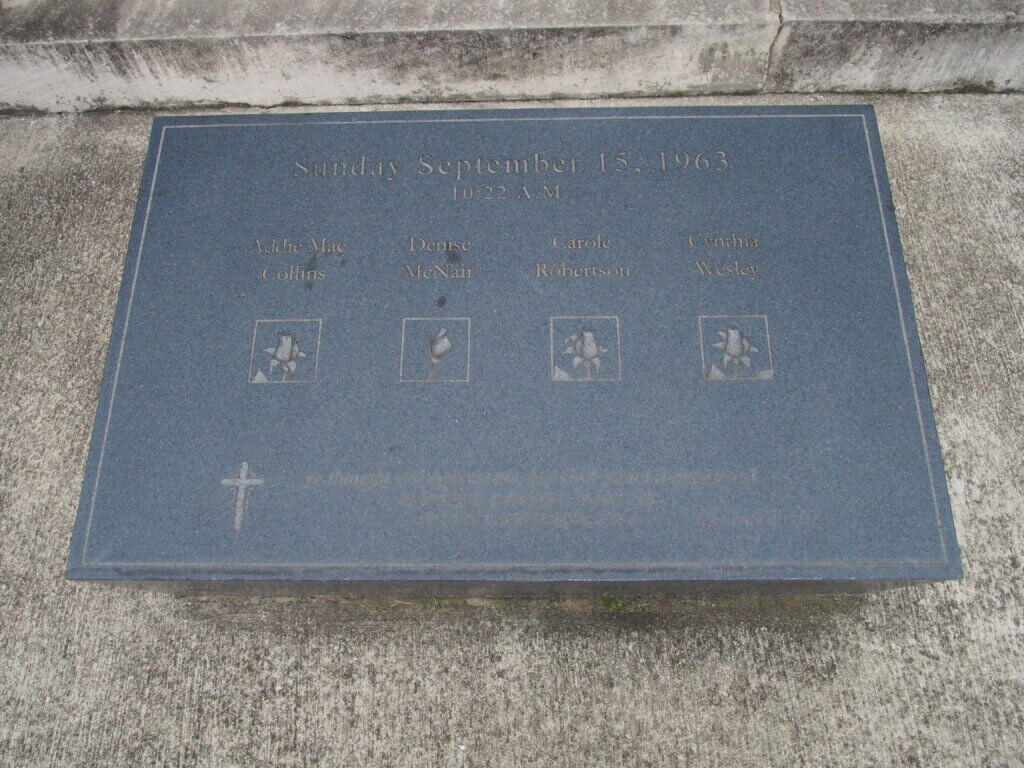
Birmingham was given the nickname “Bombingham,” because there had been 50-60 bombings of Black churches and homes between 1950 and 1965. Until the 16th Street Baptist Church was bombed there had been no fatalities. Within hours of the bombing a Birmingham police officer shot 16 year old Johnny Robinson in the back for allegedly throwing rocks at cars. Robinson died before getting to the hospital. Another youth 13 year old Virgil Ware was riding on the handles of his brother’s bicycle when he was shot to death by 16 year old Larry Sims. Sims and his friend Mike Farley were reported to have attended a KKK anti segregation rally, when they saw Ware and his brother on the bike and fired two shots and hit Virgil. Sims and Farley were convicted of second degree manslaughter, but a judge later suspended their sentences and instead gave each two years probation.
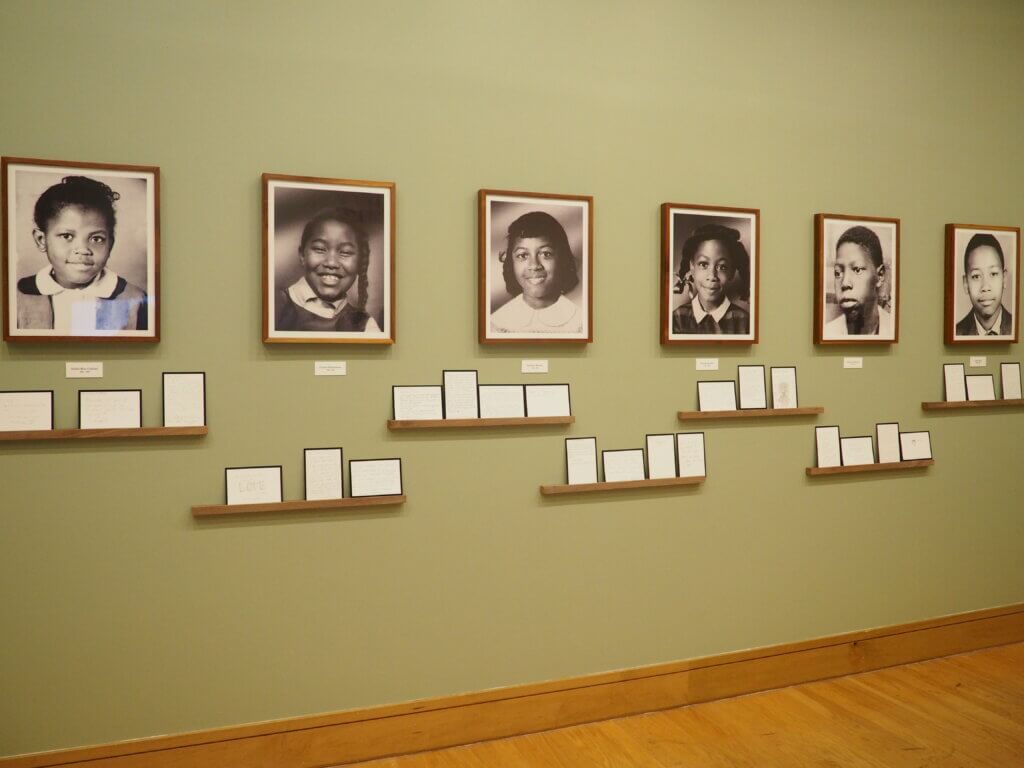
The FBI had suspected KKK members Robert Chambliss, Frank Cherry, Robert Blanton and Herman Cash of planting the bomb at the church, but witnesses were reluctant to testify and evidence was lacking. In 1968 the FBI closed its investigation and then Director J. Edgar Hoover ordered the files sealed. In 1971 newly elected state attorney general William Baxley reopened the case against Chambliss. A jury found him guilty on November 18, 1977. He was sentenced to life in prison for the murder of McNair and died in prison in 1985. Ten years later in 1995 the FBI reopened its case against Blanton and Cherry. Cash like Chambliss had already died. Both were found guilty on four counts of murder and given life sentences. Cherry died in 2008. Blanton is still serving time.
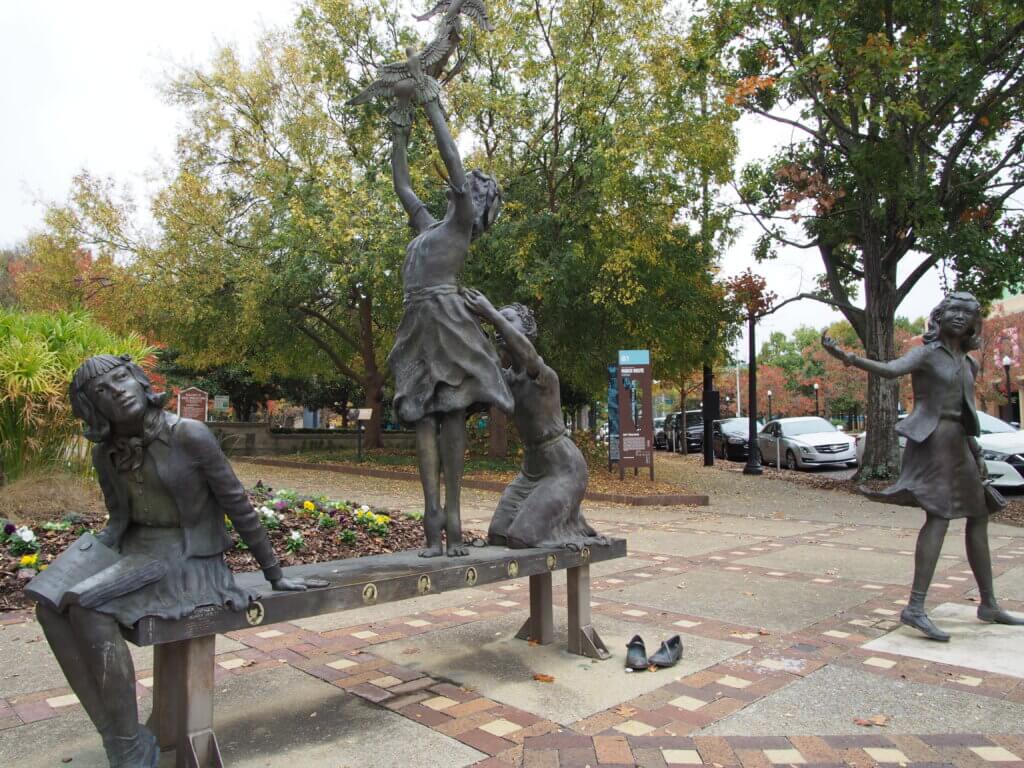
In May of 2013, President Barack Obama signed legislation posthumously awarding the Congressional Gold Medal of Honor to Addie Mae Collins, Denise McNair, Carole Robertson and Cynthia Wesley. The highest honor congress can bestow a civilian. On January 12, 2017 the Birmingham Civil Rights Monument became part of the National Park system. This includes Kelly Ingram Park, the 16th Street Baptist Church, the Birmingham Civil Rights Institute, and the A.G. Gaston Motel, a former Greenbook Hotel where Dr. King and other Black travelers stayed in segregated Birmingham. No trip to Birmingham is complete without visiting these historic sites. For information:
Birmingham Civil Rights Institute: https://www.bcri.org/
The 16th Street Baptist Church: https://www.16thstreetbaptist.org/
Kelly Ingram Park: https://www.nps.gov/places/kelly-ingram-park.ht
A.G. Gaston Motel: https://www.nps.gov/articles/ag-gaston-motel-birmingham-civil-rights-monument.htm
I also strongly recommend Red Clay Tour’s Fight for Rights Tour. This outstanding guided tour takes you to many of Birmingham’s historic civil rights sights and provides wonderful stories and insights of the history of the movement in Birmingham: https://www.redclaytourism.com/